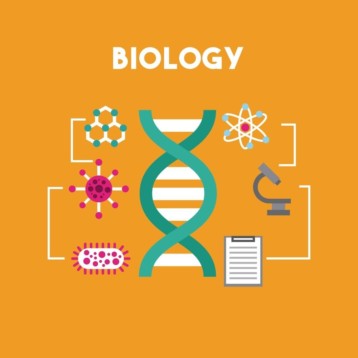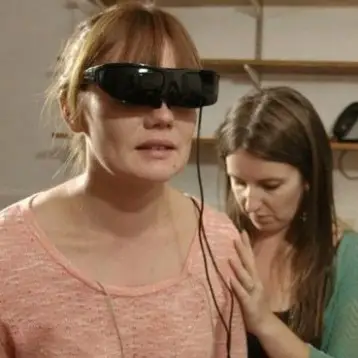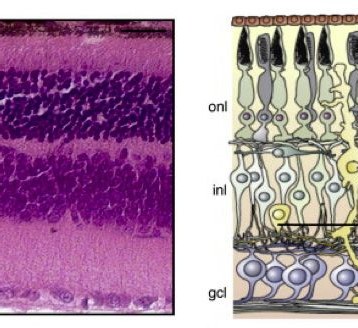|
Like most living organisms on Earth, humans possess a 24-hour life rhythm, which is generated from an internal clock located in the brain. This cycle regulates many bodily functions, including sleeping and eating. While evidence this cycle exists in the form of behavior, only recently have scientists managed to identify the mechanisms responsible for these rhythms.
Dr. Sebastian Kadener, a researcher at the Alexander Silberman Institute of Life Sciences at Hebrew University, along one of his students, Uri Weissbein, have collaborated with other researchers in order to conduct this study. They found that tiny molecules, known as miRNA, are central constituents of the 24-hour clock, named the circadian clock. Their discovery might have implications for future therapeutic treatment in various fields, regarding the daily life cycle; for instance, it might help deal with insomnia.
The most characterized manifestation of the circadian clock is the sleep-wake cycle. It is generated thanks to specialized neurons found both in humans and fruit flies; this is done thanks to the neurons’ capability to keep time very accurately via a complex process of gene activation and repression. The result is a tightly controlled process, which takes exactly 24 hours.
The new research focused on tiny molecules, named miRNAs. Although they have been discovered only recently, it has already been established that they are involved in different processes in animals. Through innovative, novel techniques, the scientists demonstrated that one specific miRNA (called bantam) recognizes and regulates the translation of the gene clock.
According to the study, a new mode of regulation has a pivotal importance for the ability of our internal clock, since it affects its ability to accurately count those 24 hours each day. Specifically, the study emphasized the miRNA molecules’ importance for circadian rhythms to function.
The study presents several preliminary examples for a defined miRNA-gene regulation in the central clock. Nevertheless, and perhaps even more importantly, the research proves that there is a clear role of miRNA regulation when modifying behavior. The study was published in the journal Genes and Development and was highlighted in Nature Review Neuroscience. Additional participants in the research were professor Michael Rosbash, Dr. Jerome Menet, Dr. Pipat Nawathean, professor Sacha Nelson, and Dr. Ken Sugino from Brandeis University in the United States and professor Phil Zamore, Dr. Michael Horwich, and Dr. Vasia Vagin from the University of Massachusetts Medical School.
Related to the importance of proper rest, TFOT previously covered a study which claims that too much sleep might be dangerous. Other associated TFOT stories include a research study that worked to establish that our brains, not eyes, see color, a study describing how chaos drives the brain, and the complexity behind the anatomy of the brain.
For more information about the new study about the 24-hour cycle, see the Hebrew University press release.










